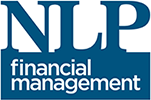
Current pension rules limit the amount of tax relievable pension inputs that can be made into a pension scheme in each tax year. This is known as the Annual Allowance. Exceed this Allowance and you are likely to face a tax liability, known as the Annual Allowance Excess Charge.
Pension inputs can take the form of monetary contributions in money purchase schemes or the ‘deemed’ contribution, in the case of a defined benefit scheme. The Annual Allowance is made up of all pension inputs you, your employer and/or a third party make to your pension.
If your threshold income remains at £110,000 or lower, then you retain an Annual Allowance of £40,000 for that tax year.
Where threshold income is in excess of £110,000 and adjusted income rises above £150,000 in a tax year, you lose £1 of your Annual Allowance for every £2 of adjusted income. By the time your adjusted income reaches £210,000, your annual allowance will be tapered down to the minimum level of £10,000.
The Annual Allowance Excess Charge will only apply if, in addition to using all of your Annual Allowance in the current tax year, you have also exhausted your unused annual allowances from the previous three years. This is known as carry forward. If, however, having accounted for all carry forward, you still have an excess tax charge and it arises on a money purchase pension, then you have the option to ask the Scheme to pay some or all of the tax on your behalf, out of your accumulated fund. Simple. There are some restrictions around this, which may differ on a scheme by scheme basis. But what is the position for Defined Benefit schemes, where there is no fund to pay from?
If you are a member of a Defined Benefit pension, such as a “final salary scheme”, again you have the option to ask the Scheme to settle this tax charge via “Scheme Pays”. This gives you an alternative to paying the tax due from your already taxed income, but the trade-off is that your eventual pension is reduced in retirement. The Scheme has paid the tax on your behalf after all.
The way it works is complicated, but think of it as similar to a loan that sits alongside your pension. It will likely attract interest at a rate equivalent to the Consumer Price Index (CPI) or higher. This interest is accumulated year on year. It has no impact on the accruing pension, until you choose to retire and crystallise the pension. At that point, the initial loan – equivalent to the amount of tax paid by the scheme – plus the accrued interest, crystallises. The Scheme actuary will then apply a “Scheme Pays” commutation factor to this sum and reduce your pension accordingly. This can often be advantageous, particularly for larger pension pots, where there are likely to be dependents.
The calculations to determine whether the scheme pays option is good value are complicated and naturally we would recommend you seek our advice about whether it may be appropriate for you. Everyone’s situation is different and therefore we review your pension on an individual basis.
Threshold Income is defined as an individual’s total income minus allowable deductions such as member pension contributions.
Adjusted Income is defined as an individual’s total income, less allowable deductions, but plus the total pension inputs arising in the tax year.

